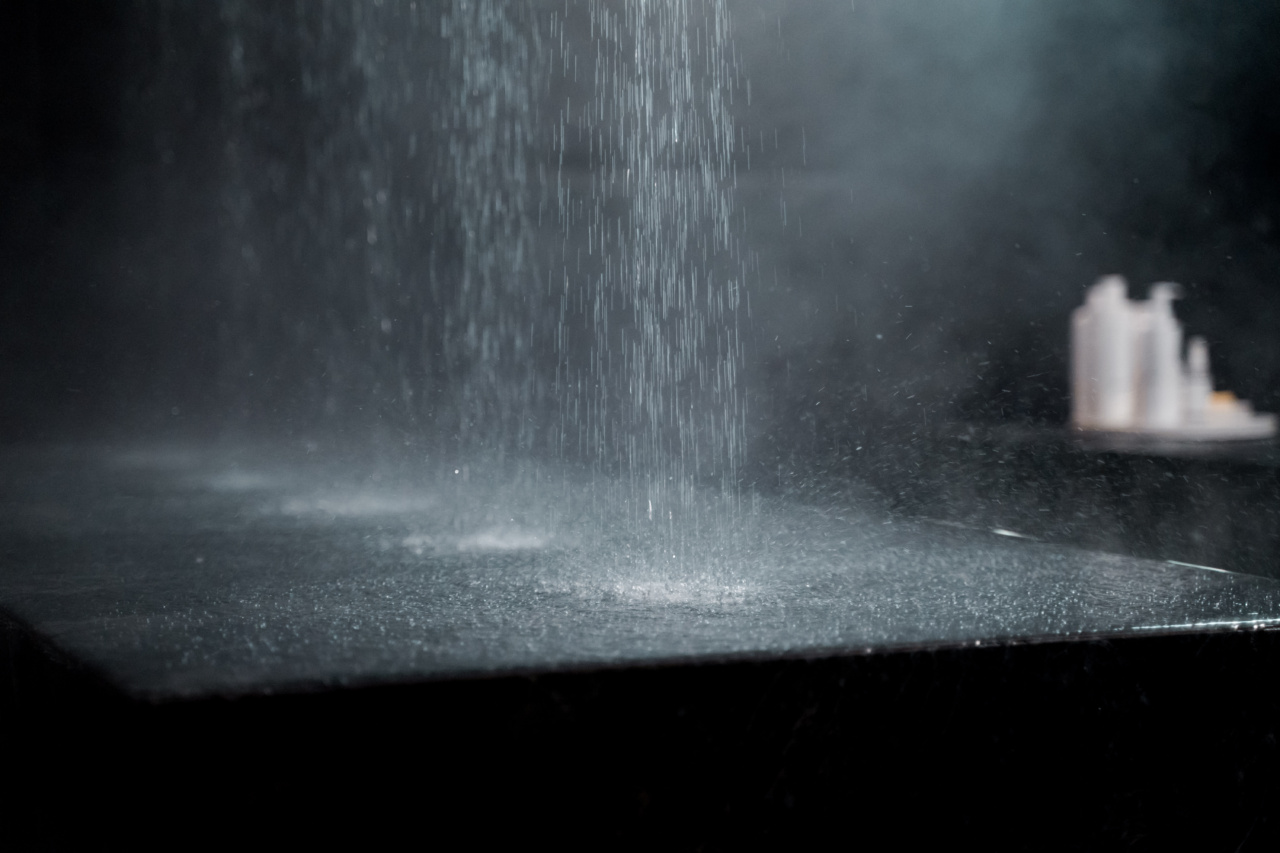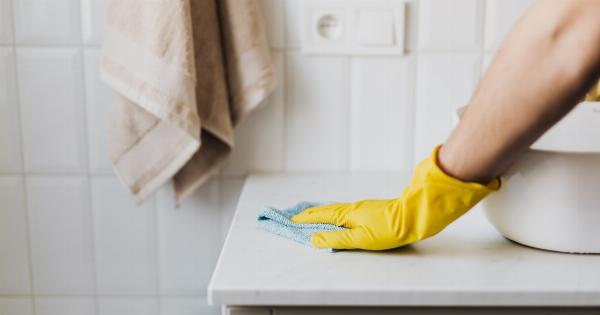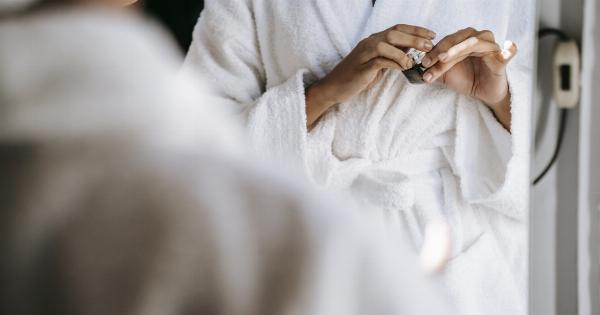When it comes to cleanliness, the bathroom is often considered one of the most important areas of any home. However, despite our best efforts in maintaining a spotless environment, the bathroom can be a breeding ground for bacteria.
From toothbrush holders to toilet seats, many surfaces and objects in the bathroom can harbor harmful germs that pose a risk to our health. In this article, we will explore the various bathroom bacterial breeding grounds and provide tips on how to keep your bathroom as germ-free as possible.
Toothbrush Holders
One of the most overlooked areas in the bathroom when it comes to bacteria is the toothbrush holder. This seemingly innocent object can quickly become a breeding ground for various bacteria, including E. coli and salmonella.
The damp and dark environment provides the perfect conditions for these pathogens to thrive. To prevent the buildup of bacteria, it is crucial to regularly clean your toothbrush holder with hot water and soap or, better yet, run it through the dishwasher.
Toilet Seats
Contrary to popular belief, toilet seats are not the most germ-infested objects in the bathroom. However, they still harbor a significant amount of bacteria, especially if not cleaned regularly.
The main concern with toilet seats is fecal bacteria, which can cause illnesses such as urinary tract infections. To minimize the risk, clean your toilet seat with a disinfectant regularly, and ensure everyone in the household practices proper hygiene after using the toilet.
Faucet Handles
Every time you turn on the faucet to wash your hands, you may unknowingly be introducing bacteria to your clean hands.
Faucet handles, particularly those with knobs or levers, are constantly touched by dirty hands, making them a prime location for bacterial growth. Regularly wipe down these surfaces with disinfecting wipes or sprays to reduce the spread of germs.
Showerheads
Showerheads can harbor a type of bacteria known as mycobacterium avium, which can cause lung infections if inhaled. These bacteria thrive in the warm and moist environment created by the shower.
To reduce the risk, remove and clean your showerhead regularly. Soaking it in a mixture of vinegar and water can effectively eliminate the buildup of bacteria and ensure a clean shower experience.
Bath Mats
Bath mats, particularly those made of fabric, are warm, damp, and frequently exposed to water. These conditions make them a perfect breeding ground for mold and bacteria.
It is essential to regularly wash your bath mats in hot water and detergent to eliminate any potential harmful germs. If possible, opt for bath mats made of quick-drying materials to minimize moisture retention.
Sink Drains
Over time, sink drains can become clogged with soap scum, hair, and other debris. This buildup not only creates an unpleasant odor but also serves as a breeding ground for bacteria.
To keep your sink drain clean and free of bacteria, regularly flush it with hot water and use a drain cleaner or a mixture of baking soda and vinegar to eliminate any blockages or buildup.
Soap Dispensers
Many people overlook the fact that the very object designed to keep our hands clean can itself be contaminated with bacteria.
Soap dispensers, especially those with a pump mechanism, are constantly touched by dirty hands, introducing bacteria onto the dispenser’s surface. Ensure that your soap dispenser is regularly cleaned and consider using liquid soap instead of bar soap to minimize the risk of bacterial transfer.
Towels
Towels often receive minimal attention in terms of cleanliness, but they can harbor a variety of bacteria. The combination of moisture and warmth provides an ideal environment for bacterial growth.
Make sure to wash your towels frequently using hot water and detergent, and consider using separate towels for each member of the household to prevent bacterial transfer.
Trash Bins
The bathroom trash bin is often filled with discarded personal hygiene items, tissues, and other waste. These items can promote the growth of bacteria and emit unpleasant odors if left unattended.
Regularly empty and clean your bathroom trash bin using a disinfectant to ensure a clean and sanitary environment.
Shower Curtains
Shower curtains, particularly those made of fabric, can accumulate soap scum, mildew, and bacteria over time. This buildup not only affects the appearance of the curtain but also poses health risks.
To prevent this, regularly clean your shower curtains by either machine washing them or wiping them down with a mixture of bleach and water.































